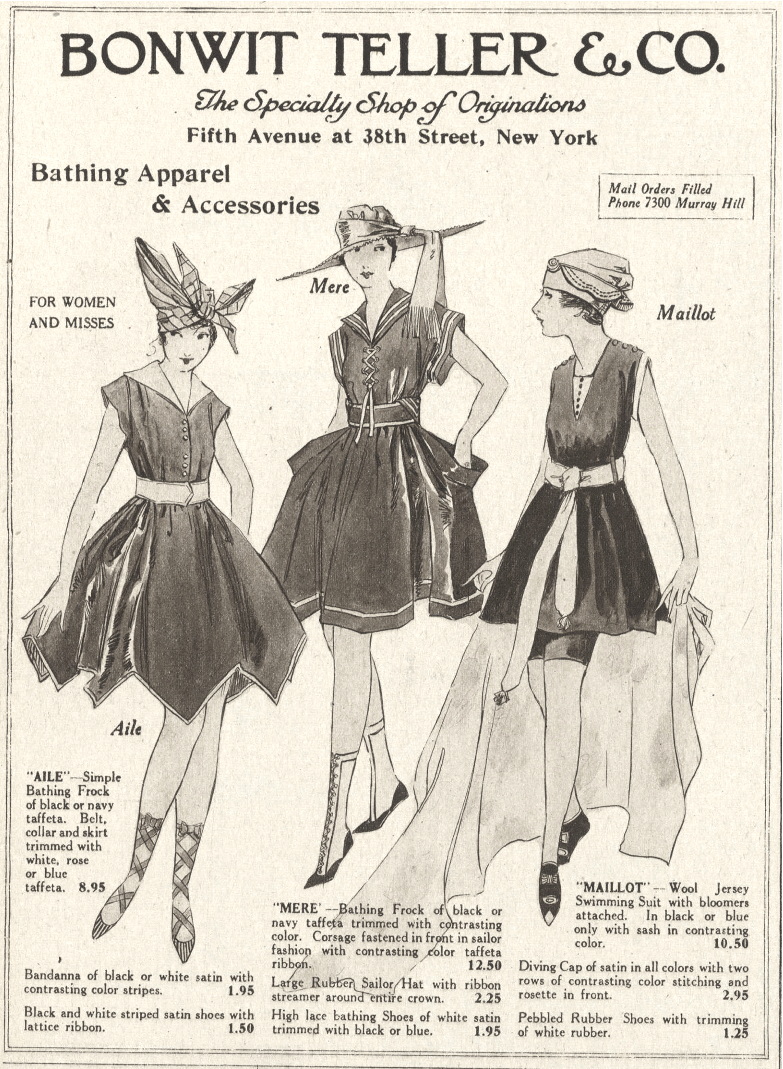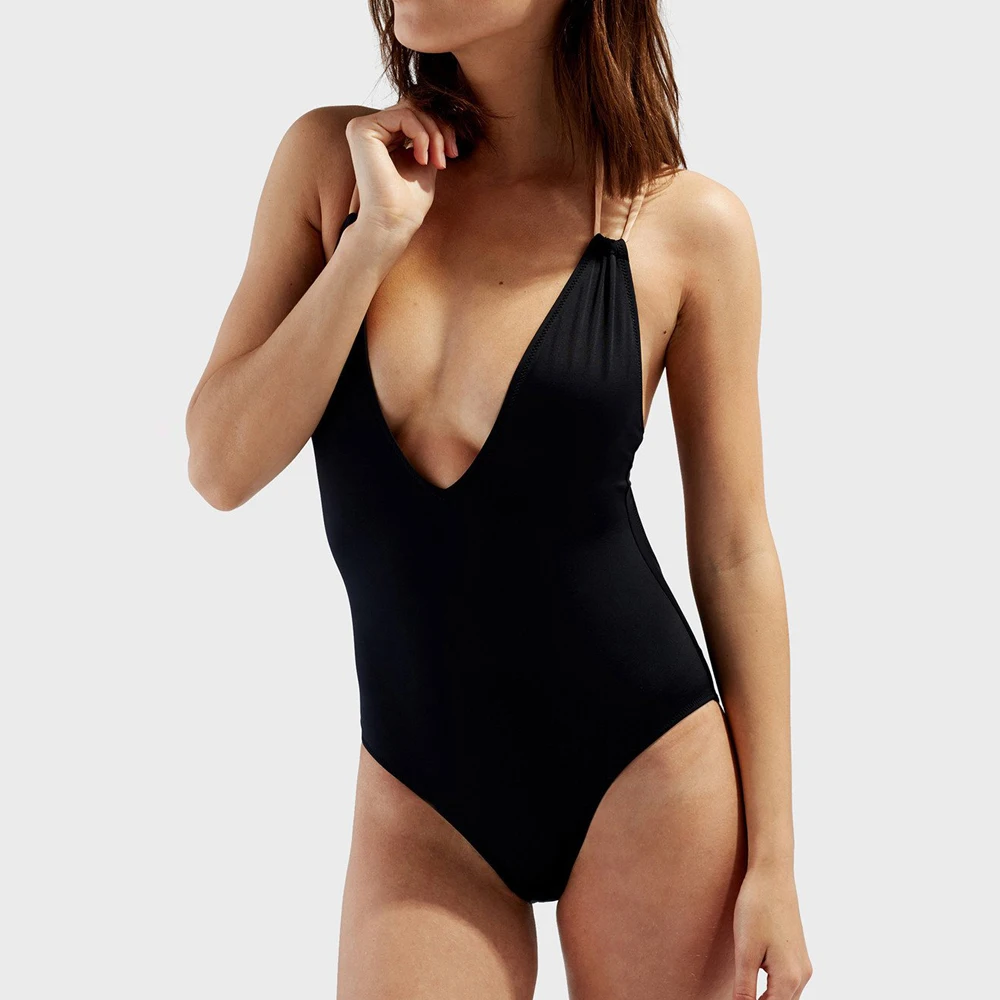Content Menu
● History of Maillot Swimwear
● Types of Maillot Swimwear
● Choosing the Right Maillot
● Fashion Trends in Maillot Swimwear
● Caring for Your Maillot Swimwear
● The Cultural Significance of Maillot Swimwear
● Celebrity Influence on Maillot Trends
● The Evolution of Swimwear Materials
● Maillots Across Cultures
● Accessorizing Your Maillot Swimwear
● Conclusion
● Frequently Asked Questions
>> 1. What is a maillot swimsuit?
>> 2. How do I choose the right size for my maillot?
>> 3. Can I wear a maillot for water sports?
>> 4. What materials are best for maillots?
>> 5. How should I care for my maillot?
● Citations:
The maillot swimwear, a classic one-piece swimsuit, has transcended time and trends, making it a staple in both fashion and functionality. This article explores the history, styles, and modern interpretations of maillot swimwear, along with practical tips for choosing the right one for your body type and activities.
History of Maillot Swimwear
The term "maillot" originates from the French word for "shirt" and was first used in the 1920s to describe tight-fitting, one-piece swimsuits made from stretchable jersey fabric. These swimsuits were revolutionary at the time, offering women more freedom of movement and, for the first time, a chance to embrace their bodies rather than conceal them.
- 1920s: The introduction of the maillot marked a significant shift in swimwear design. Women began to embrace more form-fitting styles that allowed for greater freedom of movement in water.
- 1930s: The maillot became synonymous with glamour as Hollywood stars donned these swimsuits in films. The use of new materials like Lastex allowed for more supportive designs that accentuated the female form.
- 1950s: The post-war era saw the maillot evolve into a fashion statement, with bold colors and patterns becoming popular. This decade solidified the maillot's place in swimwear history as both functional and fashionable.
- Modern Era: Today, the maillot has seen a resurgence in popularity, often being reimagined by contemporary designers who incorporate innovative fabrics and sustainable practices. The focus on body positivity has also led to a wider acceptance of diverse body types wearing this classic style.

Types of Maillot Swimwear
Maillots come in various styles, each catering to different preferences and body types. Here are some popular types:
- Classic Maillot: A timeless design that features a simple silhouette, often with a high leg cut and modest neckline.
- Plunge Neck Maillot: This style includes a deep V-neckline, adding a touch of sexiness while maintaining coverage.
- Sporty Maillot: Designed for active wearers, these maillots often feature thicker straps and more support for swimming laps or engaging in water sports.
- Retro Maillot: Inspired by vintage designs from the 1940s and 1950s, these suits often include high-waisted cuts and playful prints.
- Cut-Out Maillot: A modern twist on the classic design, featuring strategic cut-outs that add flair while still providing coverage.
- Slimming Maillots: These suits often include built-in ruching or control panels to help flatter the stomach area while providing support for the bust.
Choosing the Right Maillot
Selecting the perfect maillot involves considering your body type, personal style, and intended use. Here are some tips:
1. Body Shape: Identify your body shape (pear, apple, hourglass) to find styles that flatter your figure. For example, those with an hourglass shape may prefer a fitted maillot that accentuates their waist.
2. Support Needs: If you require additional support, look for maillots with built-in bras or thicker straps.
3. Activity Level: Choose sporty designs if you plan on swimming frequently or participating in water sports. For lounging by the pool, any style will do!
4. Fabric Choice: Opt for high-quality materials that offer durability and comfort. Look for chlorine-resistant fabrics if you swim regularly in pools.
5. Size Matters: Always refer to size charts provided by brands to ensure a proper fit; sizing can vary significantly between manufacturers.
6. Try Before You Buy: Whenever possible, try on several sizes and styles to see what feels best on your body. Comfort is key!
Fashion Trends in Maillot Swimwear
As fashion evolves, so do swimwear trends. Here are some current trends in maillot designs:
- Sustainable Materials: Many brands are now using eco-friendly fabrics made from recycled materials to appeal to environmentally conscious consumers.
- Bold Prints and Colors: From tropical prints to vibrant solids, bold colors are making waves this season.
- Athleisure Influence: The rise of athleisure has influenced swimwear design, leading to more sporty styles that can transition from beach to gym.
- Minimalism and Clean Lines: Inspired by '90s fashion trends, many modern maillots feature minimalistic designs with clean lines and solid colors that flatter various body types.

Caring for Your Maillot Swimwear
To prolong the life of your maillot swimwear:
- Rinse thoroughly after each use to remove chlorine or saltwater.
- Hand wash with mild detergent instead of machine washing.
- Avoid wringing out your swimsuit; instead, lay it flat to dry away from direct sunlight.
- Store your swimsuit flat rather than hanging it up to avoid stretching out the fabric.
The Cultural Significance of Maillot Swimwear
The maillot swimwear is not just about aesthetics; it carries cultural significance as well. Over the decades:
- It has represented changing societal attitudes towards women's bodies and modesty.
- The evolution from bulky bathing suits to sleek maillots reflects broader movements toward gender equality and body positivity.
- In many cultures today, wearing a maillot signifies confidence and empowerment as women embrace their bodies in all shapes and sizes.
Celebrity Influence on Maillot Trends
Celebrities have played a significant role in popularizing various styles of maillots over the years. Icons such as:
- Marilyn Monroe: Her iconic images in one-piece swimsuits helped cement their status as glamorous beach attire.
- Halle Berry: Known for her stunning appearance in "Die Another Day," she showcased how stylish and sexy a maillot could be.
- Kylie Jenner & Sofia Richie: These modern influencers have brought attention back to one-piece swimsuits through social media platforms like Instagram.
The Evolution of Swimwear Materials
The materials used in swimwear have evolved significantly over time:
- Early swimsuits were made from heavy fabrics like wool which absorbed water.
- The introduction of Lastex yarn in 1931 revolutionized swimwear production by allowing suits to retain their shape when wet.
- Today's swimwear often incorporates advanced textiles such as nylon blends that offer superior stretchability while remaining lightweight and quick-drying.
Maillots Across Cultures
Different cultures have embraced variations of the maillot:
- In Mediterranean countries like Italy and Spain, vibrant colors and intricate patterns are prevalent.
- In contrast, Scandinavian designs often lean towards minimalism with neutral tones reflecting their natural landscapes.
- Asian markets have seen an increase in modesty-focused designs that still maintain stylish elements like embroidery or layered looks.
Accessorizing Your Maillot Swimwear
Accessorizing can elevate your look when wearing a maillot:
1. Cover-Ups: Lightweight kaftans or sarongs can add elegance when transitioning from beach to bar.
2. Hats & Sunglasses: Wide-brimmed hats not only protect you from sun exposure but also add glamour.
3. Jewelry: Minimalist gold or silver jewelry can enhance your overall aesthetic without overwhelming your look.
4. Footwear: Stylish flip-flops or espadrilles can complete your beach ensemble effortlessly.
Conclusion
The maillot swimwear is not just a piece of clothing; it represents freedom, style, and confidence. With its rich history and evolving designs, it remains a beloved choice among women of all ages. Whether you're lounging by the pool or swimming laps at the beach, there's a maillot out there that perfectly suits your needs.
Frequently Asked Questions
1. What is a maillot swimsuit?
- A maillot is a one-piece swimsuit typically featuring a tank-style top and high-cut legs.
2. How do I choose the right size for my maillot?
- Refer to size charts provided by brands and consider your body measurements for an accurate fit.
3. Can I wear a maillot for water sports?
- Yes! Many sporty designs offer additional support and durability suitable for active use.
4. What materials are best for maillots?
- Look for high-quality fabrics that are chlorine-resistant and provide comfort during wear.
5. How should I care for my maillot?
- Rinse after use, hand wash with mild detergent, and lay flat to dry away from direct sunlight.
Citations:
[1] https://www.laurenbentleyswim.com/blogs/news/the-evolution-of-swimwear-from-modesty-to-modern-chic
[2] https://en.wikipedia.org/wiki/Maillot
[3] https://www.mouillerlemaillot.club/en/blogs/actualites/comment-choisir-sa-taille-de-maillot-de-bain
[4] https://www.leftyproductionco.com/post/swimwear-bikini-trends-unveiling-the-latest-styles-and-innovations
[5] https://www.lavieenrose.com/en/swimwear-care
[6] https://fashionhistory.fitnyc.edu/a-history-of-womens-swimwear/
[7] https://viragoswim.com/blogs/news/5-types-of-maillot-swimwear-to-add-to-your-wardrobe
[8] https://en.maisonlejaby.com/c/la-revue/the-advices/choosing-the-right-swimsuit-470.html
[9] https://www.elle.com/fashion/trend-reports/a46978359/2024-swimwear-trends/
[10] https://www.swimmingpool.com/blog/swimsuits-throughout-history/



































